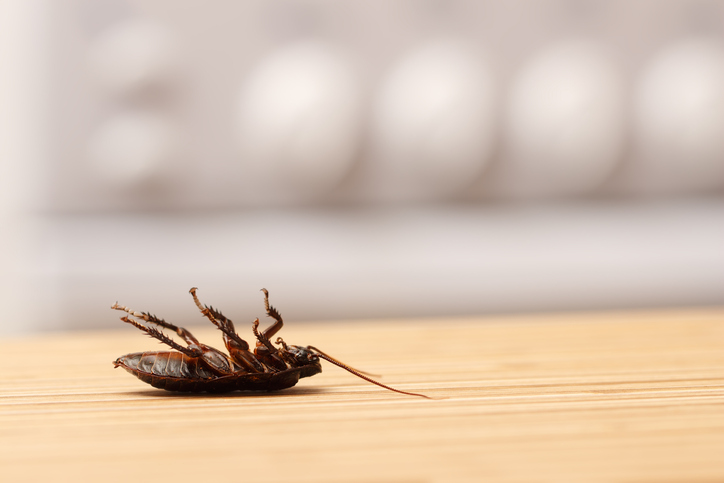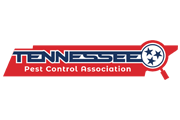Logic would have it that if you don’t see pests around your Tennessee home or business, you don’t have any at all. However, this can be far from true. Lots of insects and creatures and get indoors without being spotted. What’s worse is that they can grow a nest for a long time unnoticed. With termites, the only evidence you’ll have is wreckage.
Termites tear up wood. That said, they can take down whole buildings. In America, citizens pay out a total of $5 billion in related expenses each year. Insurance companies aren’t known to help reduce this amount. With all of this in mind, understanding infestation clues are crucially important. Learn what the hints are, and how you can avoid termites with Proven Pest Management.
What Are Termite Infestation Signs? What Are the Risks?
Being familiar with the components of a termite colony is the first step in identifying an infestation. The three classes are workers, soldiers, and swarmers. There is size and color differentiation among various subspecies, but many of the workers in the state are grayish white, or white. As you might have concluded, these 0.12 of an inch long bugs are the primary ones that ruin the wood. Soldiers, who are sometimes yellow-brown, make sure they are protected with huge mandibles and rectangular heads. Winged swarmers exit full nests to procreate and start new families. They are yellow, black, or brown and ½ of an inch long. Attracted to light, you might notice them in windows and under lamps. Swarmers confirm a takeover. Other major signs are:
- Coming across the discarded wings of swarmers; they are scaly and translucent
- Finding swells of fecal frass beneath termite maze patterns, mud tubes, and holes
- Hollow sounding walls
- Hearing clicking and rustling from the inside of walls
- Noticing that paint is peeling and puffing up
- Seeing that drywall is off-color and slacking
- Tiles coming away from walls and floors
- Floorboards squeaking and pushing in
- Doors and window frames that have a tight fit
It’s hard to believe, but termites feeding on decaying wood contribute to environmental stability. Through this process, nutrients that renew soil are released. Plants and trees will then have the capacity to develop properly. Home and business owners who have seen the unforgiving side of these insects won’t applaud this though. Termites will cause walls and bases to fall apart and possibly hurt someone. Further, relocation or entrepreneurial halts may be a consequence. This will necessitate significant resources and energy. Diseases won’t have to be feared, but allergic reactions might.
How Can Termites Be Prevented?
Do the following to keep termites at bay:
- Get rid of or refurbish decomposing or injured wood
- Repair moisture breakdowns and leaks; particularly those dampening wood
- Close up openings in foundations, caulk, and utility lines
- Add screens to all exterior doors
- Wash out vents and gutters routinely
- Make sure wood stacks and greenery are at least two feet away
- Avoid placing loose wood, like fire logs, on the soil
- Mow the grass and trim plants on a routine basis
- Have professional annual inspections by Proven Pest Management
What Can Proven Pest Management Do About Termites?
Termites require industrial-level interventions. Retail items can be lethally noxious or fail to reach a nest’s core. We at Proven Pest Management have exclusive tools that will solve the problem. The results will come quickly and no harm will be done to humans, domestic animals, or vegetation. Our treatment approaches include wood restoration and guarantees. You can have one-time or recurring services. We will price-match, to provide an affordable rate. When you call today, you’ll be able to get a free inspection! Reach out!









